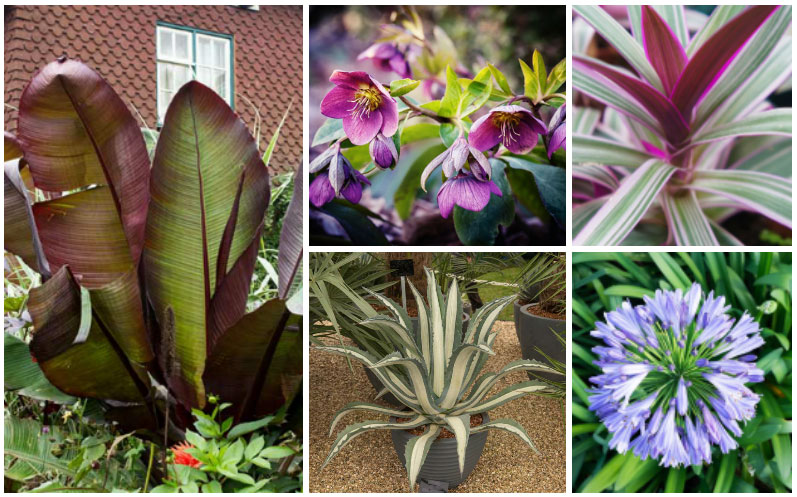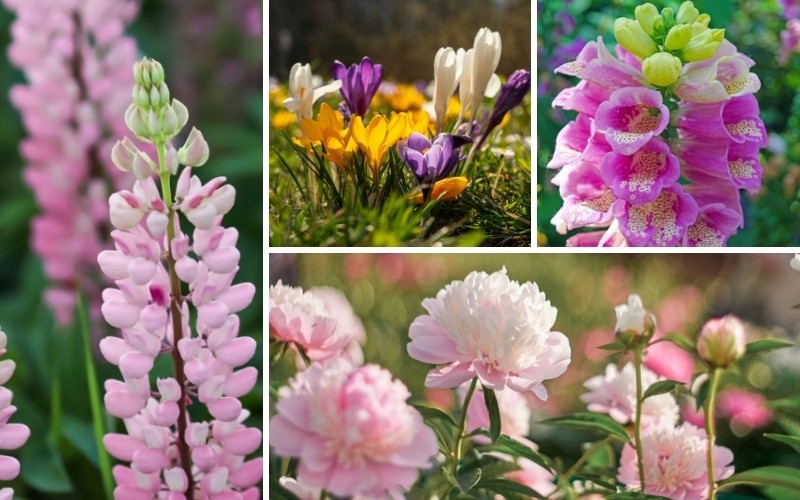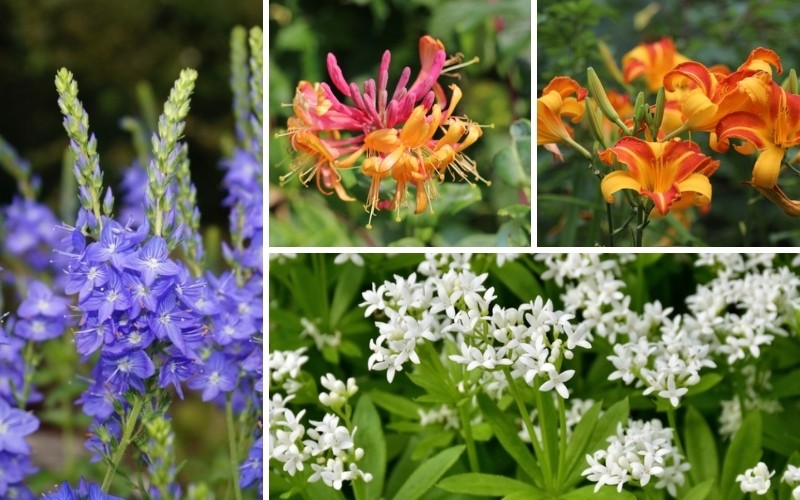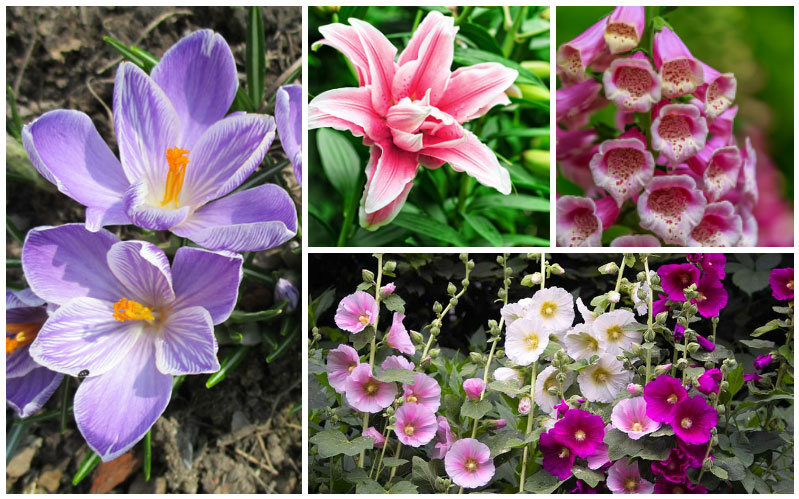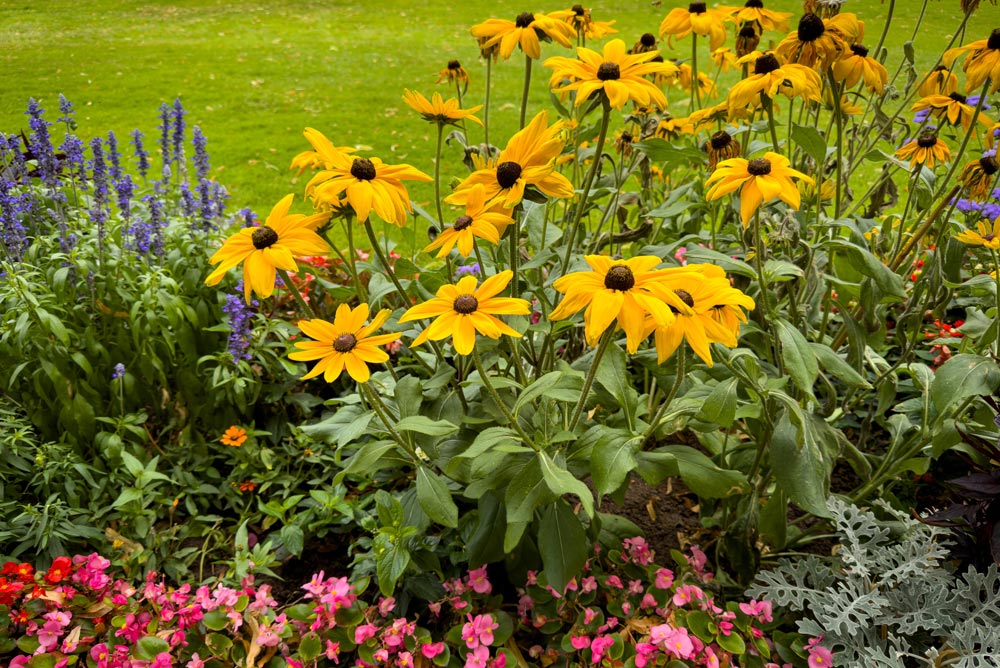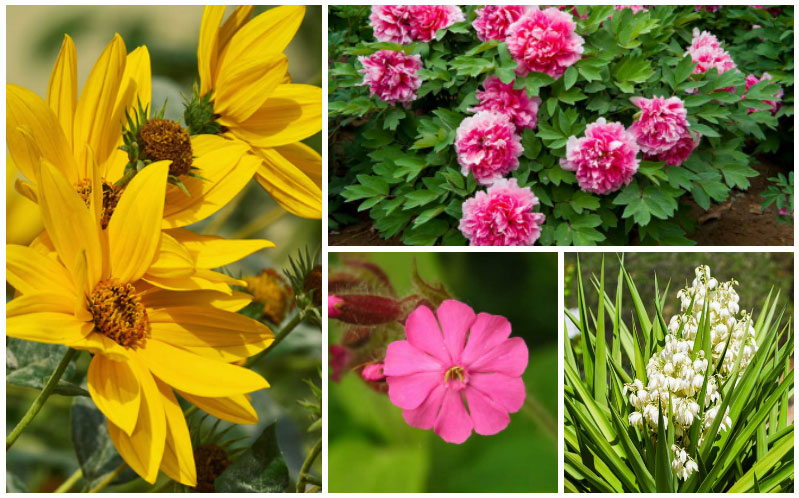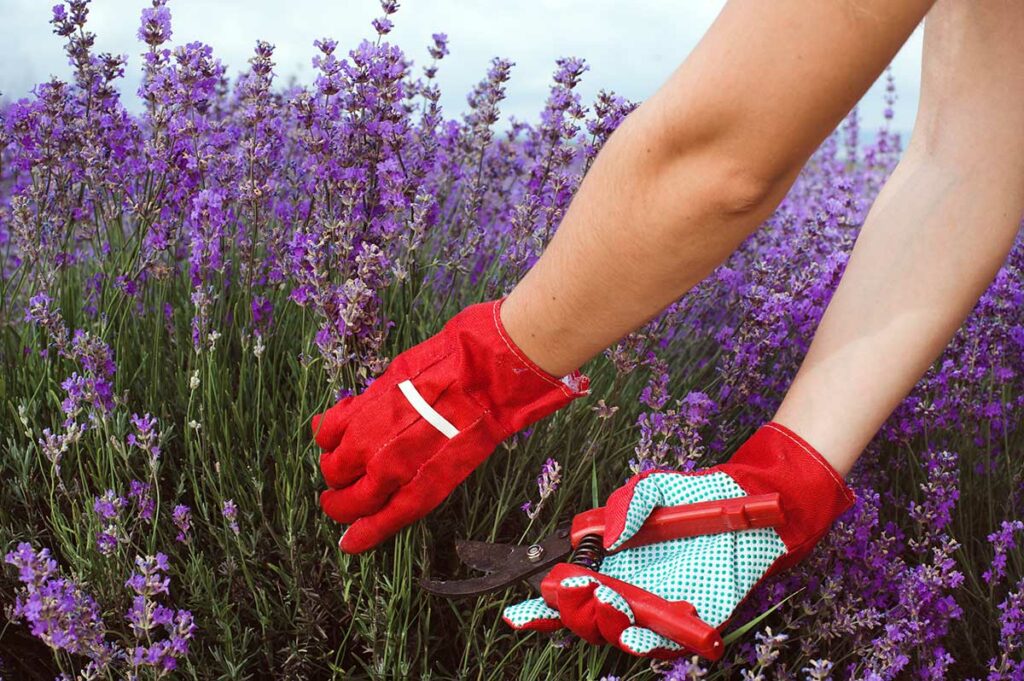
Are you ready to give your garden a fresh start this Spring? Pruning your perennials is a great way to encourage new growth and keep your plants healthy.
While it may seem daunting, pruning is actually quite simple and can be done in just a few easy steps.
In this article, we’ll be sharing 10 perennials that you should prune in the Spring to help you get started.
Pruning your perennials in the Spring is important for a few reasons. First, it can help to remove any dead or diseased branches, which can prevent further damage to the plant.
Additionally, pruning can encourage new growth and help to shape the plant in a way that is aesthetically pleasing.
By taking the time to prune your perennials, you can help to ensure that they will continue to thrive for years to come.
So without further ado, let’s take a look at the 10 perennials you should prune in the Spring.
Top 10 Perennials to Prune in Spring
When it comes to pruning perennials, timing is everything. Spring is the perfect time to prune many perennials, as it allows them to grow healthy and strong throughout the growing season. Here are the top 10 perennials you should prune in the spring:
Roses

Pruning roses in the spring can help promote healthy growth and improve the overall appearance of the plant. Be sure to remove any dead or damaged wood, as well as any crossing branches that may cause rubbing and damage.
Bee Balm (Monarda)
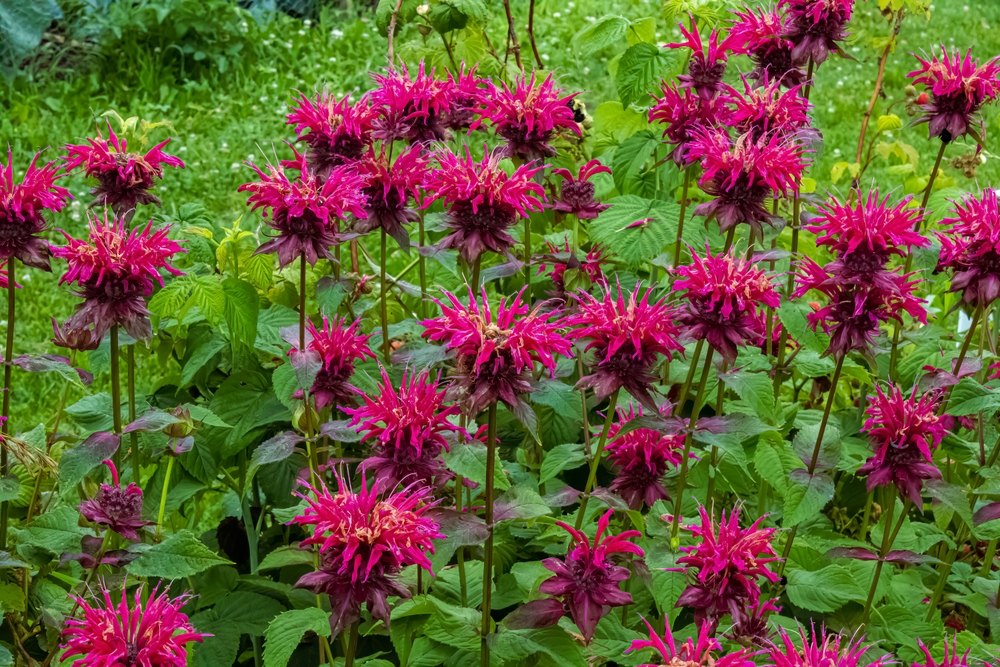
Pruning bee balm in the spring can help promote bushier growth and prevent the plant from becoming too leggy. Cut back any dead or damaged stems, and remove any spent flowers to encourage new growth.
Lavender
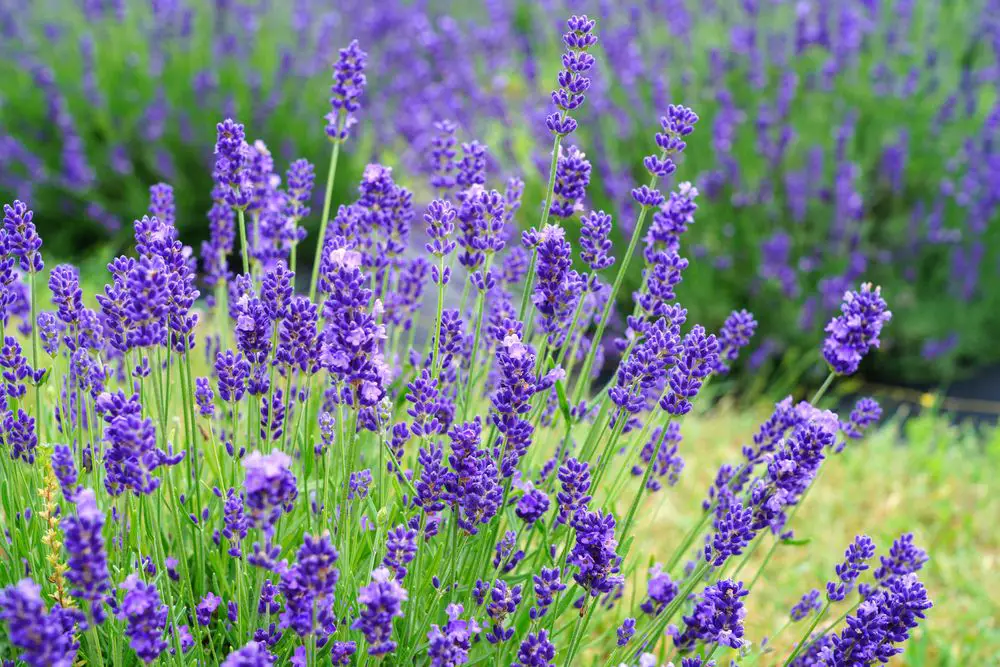
Pruning lavender in the spring can help keep the plant compact and prevent it from becoming too woody. Cut back any dead or damaged stems, and remove any spent flowers to encourage new growth.
Phlox
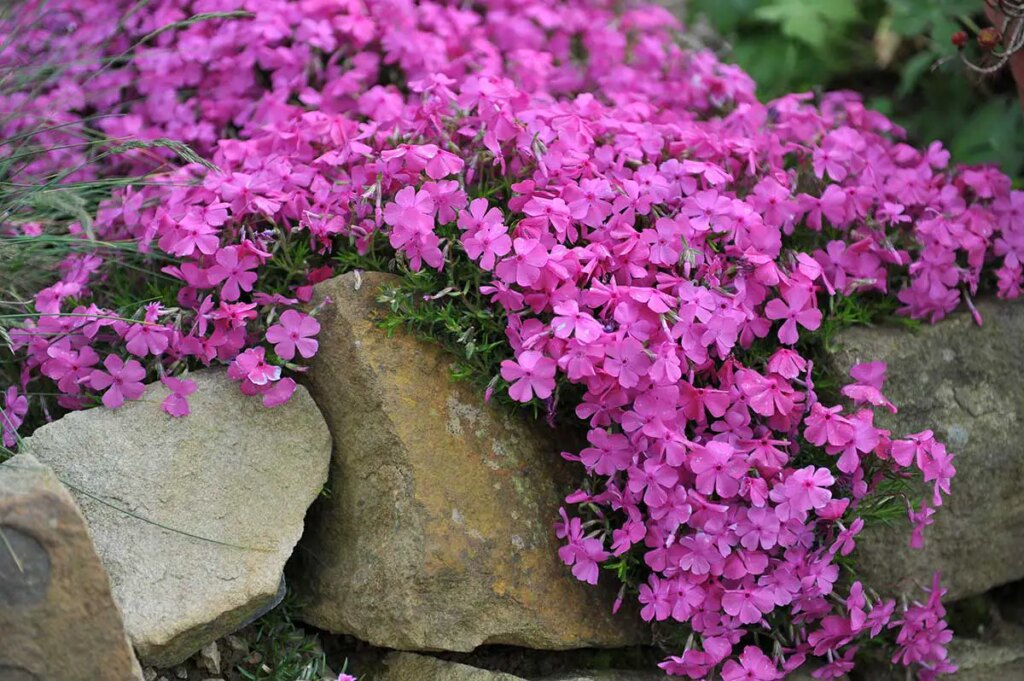
Pruning phlox in the spring can help promote bushier growth and prevent the plant from becoming too leggy. Cut back any dead or damaged stems, and remove any spent flowers to encourage new growth.
Salvia (Sage)
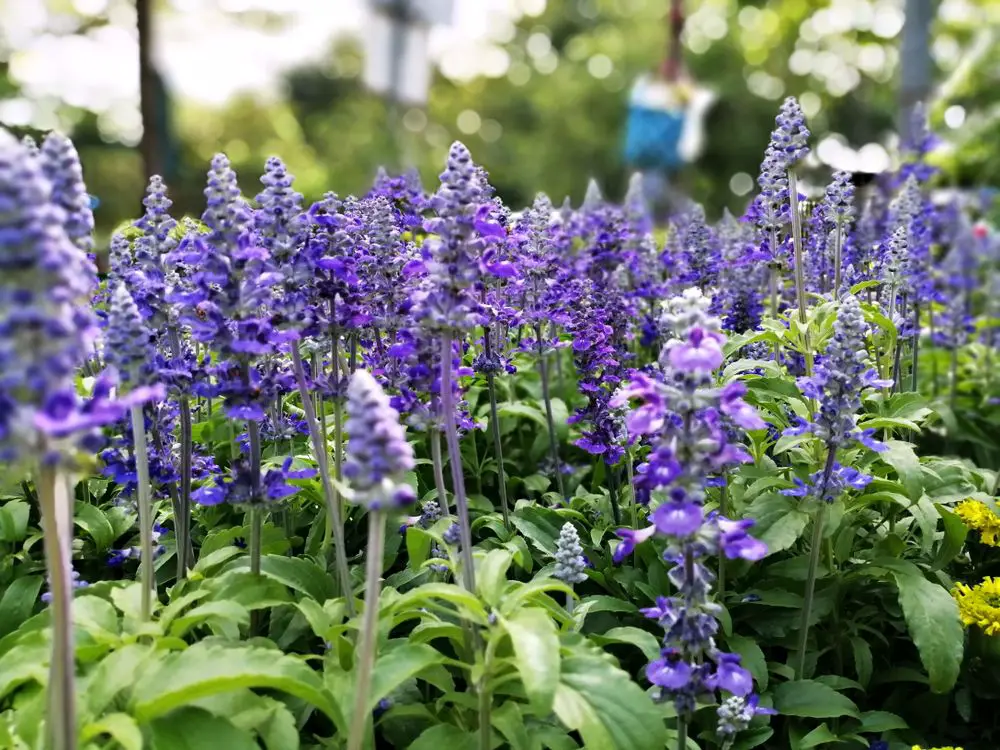
Pruning salvia in the spring can help promote healthy growth and improve the overall appearance of the plant. Be sure to remove any dead or damaged wood, as well as any crossing branches that may cause rubbing and damage.
Catmint (Nepeta)
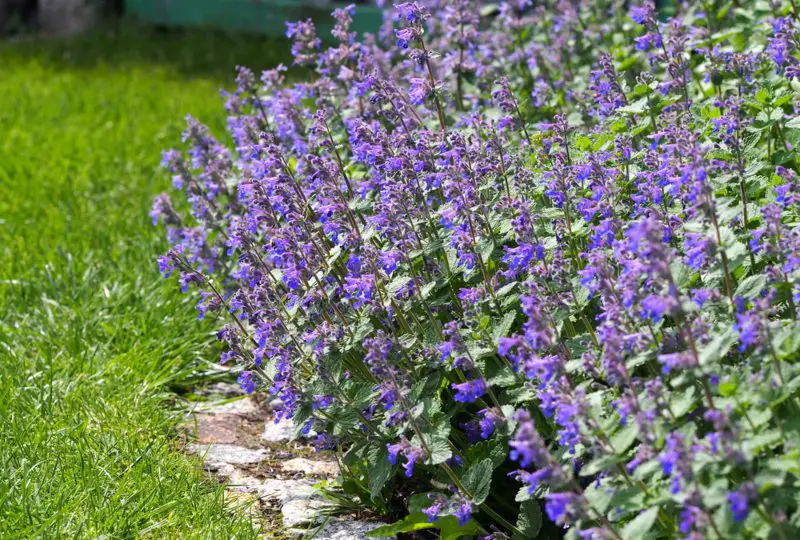
Pruning catmint in the spring can help keep the plant compact and prevent it from becoming too woody. Cut back any dead or damaged stems, and remove any spent flowers to encourage new growth.
Daylilies
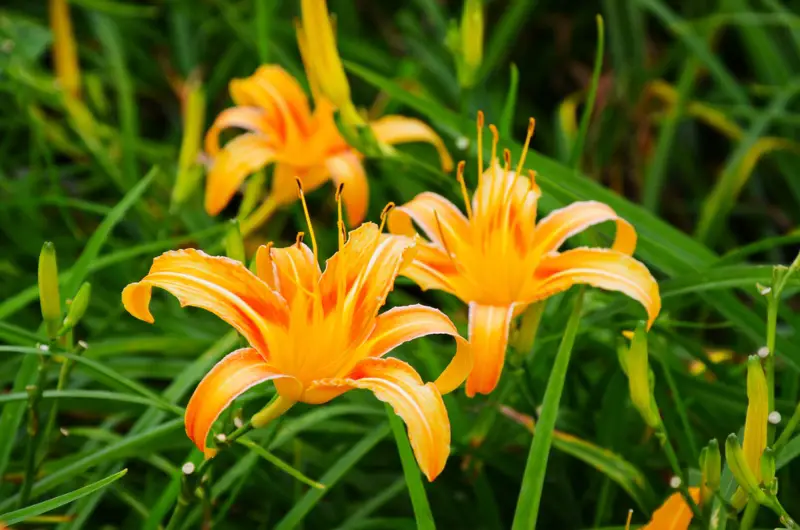
Pruning daylilies in the spring can help promote healthy growth and improve the overall appearance of the plant. Be sure to remove any dead or damaged leaves, as well as any spent flowers to encourage new growth.
Coneflowers
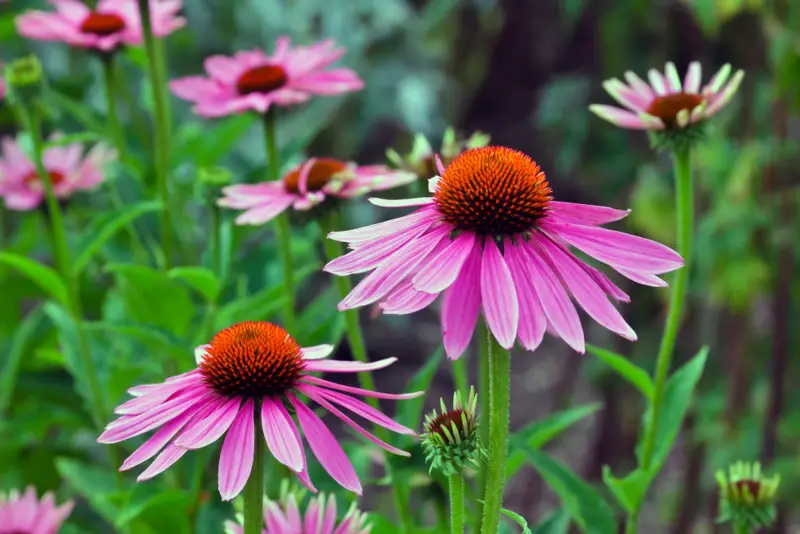
Pruning coneflowers in the spring can help promote bushier growth and prevent the plant from becoming too leggy. Cut back any dead or damaged stems, and remove any spent flowers to encourage new growth.
Shasta Daisies
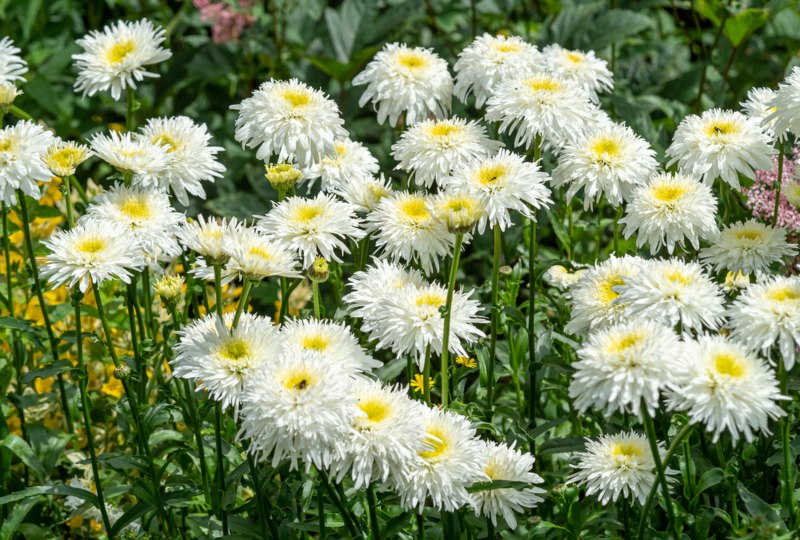
Pruning Shasta daisies in the spring can help promote healthy growth and improve the overall appearance of the plant. Be sure to remove any dead or damaged leaves, as well as any spent flowers to encourage new growth.
Russian Sage
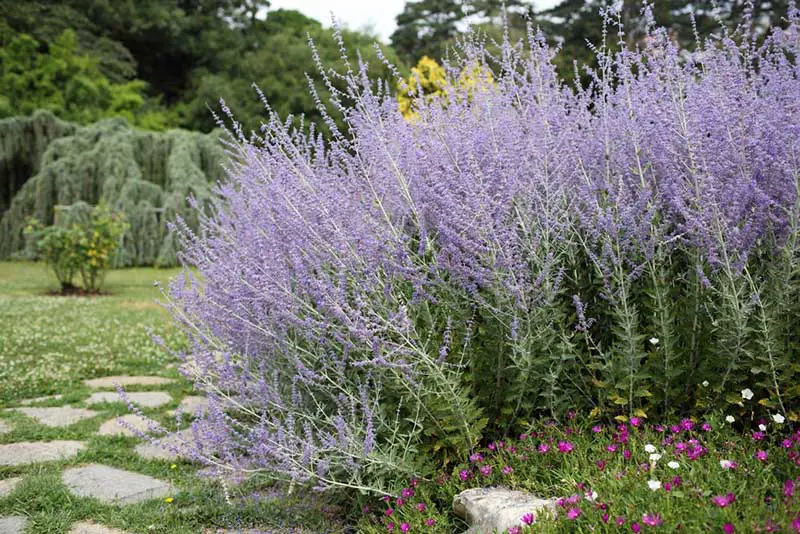
Pruning Russian sage in the spring can help keep the plant compact and prevent it from becoming too woody. Cut back any dead or damaged stems, and remove any spent flowers to encourage new growth.
By pruning these perennials in the spring, you can help promote healthy growth and improve the overall appearance of your garden. Just be sure to use sharp, clean pruning shears and follow proper pruning techniques to avoid damaging the plants.





